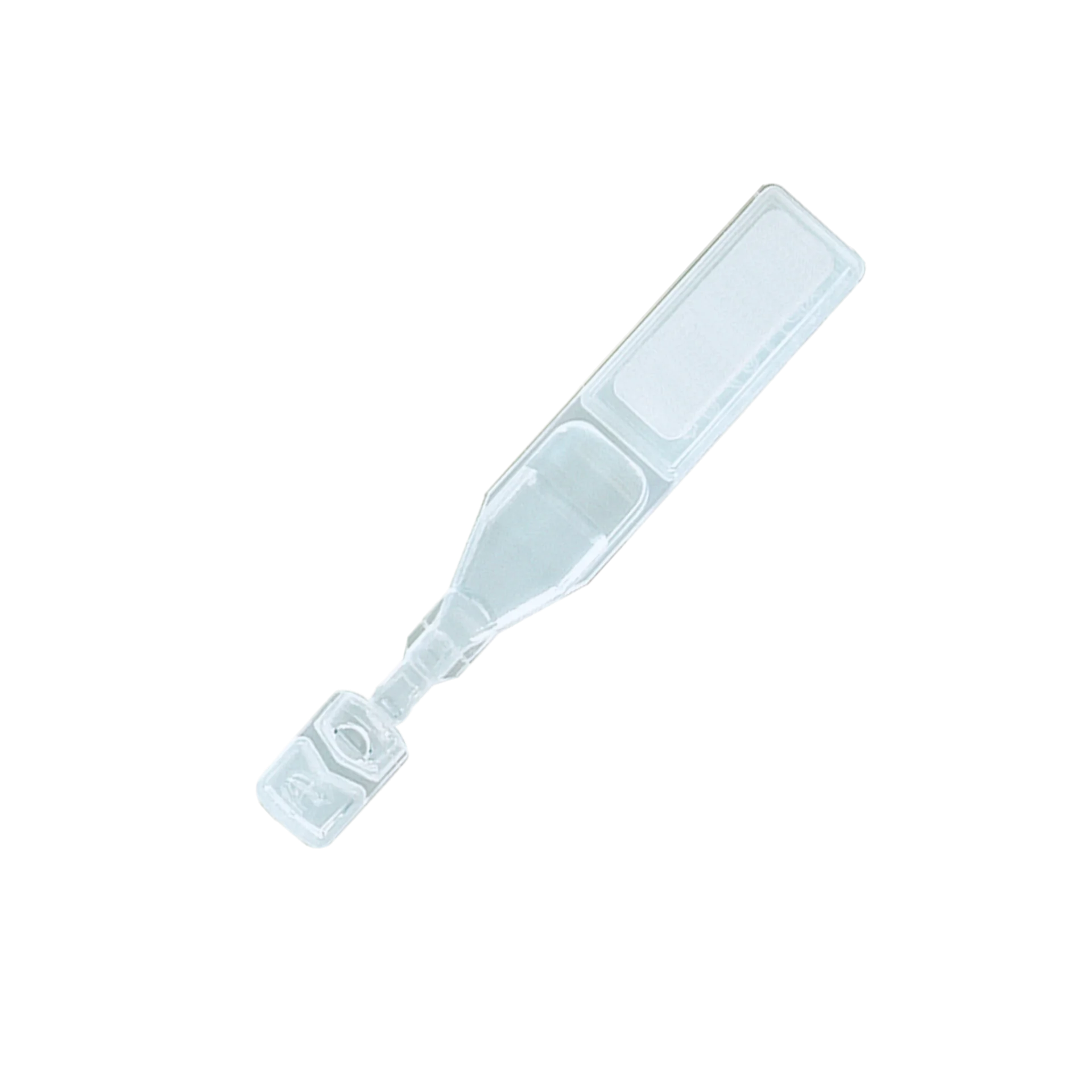Caring while preserving the eye’s health. Théa was the pioneer and remains the world leader in preservative-free ophthalmic products.
Preservative-free

Théa, the preservative-free laboratory
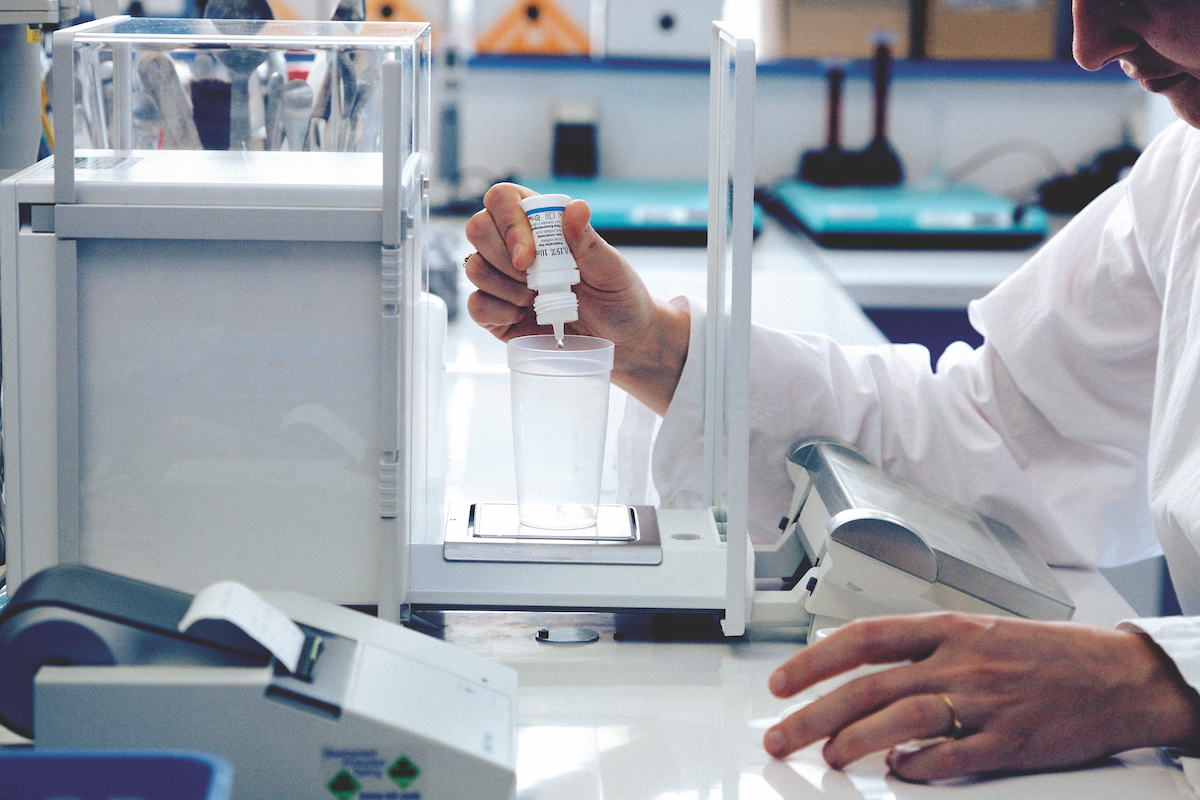
0% preservatives
In the 1950s, the introduction of preservatives in ophthalmic products was a major breakthrough to prevent contamination after opening. Forty years later, numerous publications demonstrated their harmful effects on the cornea, conjunctiva, and tear film, leading to irritation, inflammation, and dry eye, among other issues.
To address this drawback, single-dose units were developed. However, this packaging is not very eco-friendly, remains relatively expensive, and is difficult to handle, especially for elderly patients.
After 10 years of research, Théa invented in the 1990s the first multi-dose eye drop bottle capable of delivering preservative-free drops, the ABAK®, paving the way for a range of preservative-free packaging such as EasyGrip®.
Thanks to Théa, eye care has entered the preservative-free era, and millions of patients now benefit from a wide range of ophthalmic treatments that protect eye health.
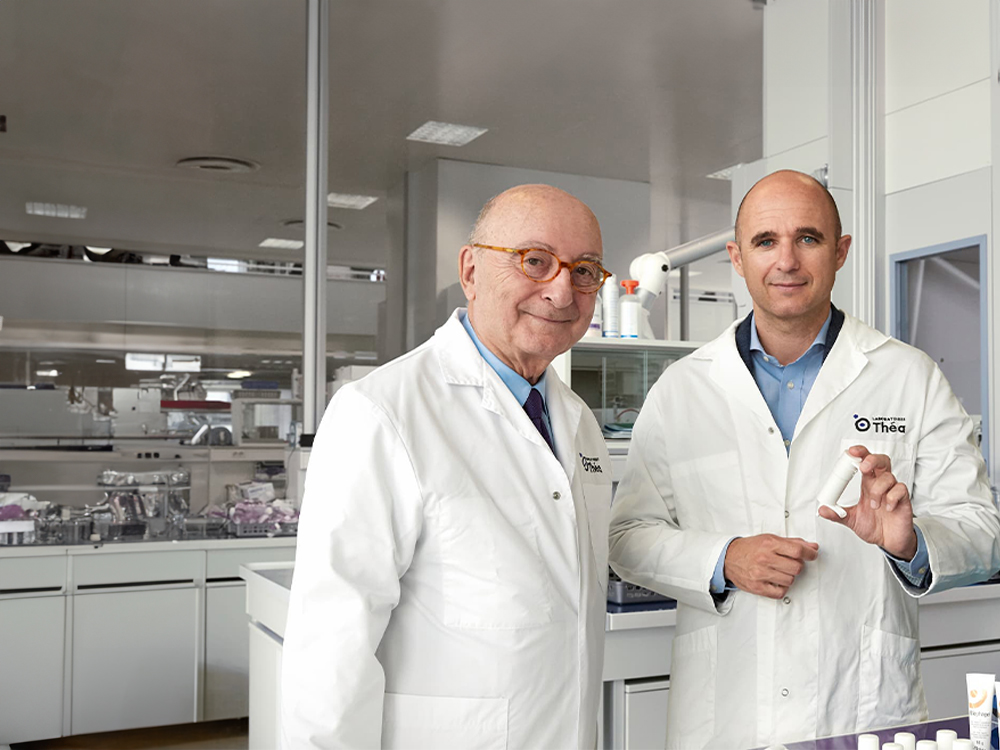
What is a preservative?
Eye drops, are you familiar with them?
These are medications in the form of drops instilled into the eyes, for example, in cases of conjunctivitis, dry eye, or glaucoma. Sixty years ago, preservatives were added to these products. The goal? To ensure optimal safety for patients by preventing contamination from infectious agents like bacteria or fungi after the first opening of a multi-dose bottle. Indeed, the water present in ophthalmic preparations makes them susceptible to microbial contamination. Benzalkonium chloride (BAK) is the most commonly used preservative in eye drops to ensure their sterility.
This was a significant advancement in the pharmaceutical industry. Thirty years ago, eye care professionals identified the harmfulness of these preservatives. Several studies suggested that their use in eye drops was linked to various inflammatory reactions on the ocular surface¹. For most patients, these substances cause mild and temporary reactions, which can evolve into chronic damage to the ocular surface in cases of repeated, high-dose, or lifelong treatments. These adverse effects appear quickly but are only felt months or even years after the start of treatment.
The use of preservatives in eye care represents a public health issue because, in treating a known condition, patients can worsen their condition, either by developing another pathology or by exacerbating the existing one.
1. Vaede D, Baudouin C, Warnet JM, Brignole-Baudouin F. [Preservatives in eye drops: toward awareness of their toxicity].
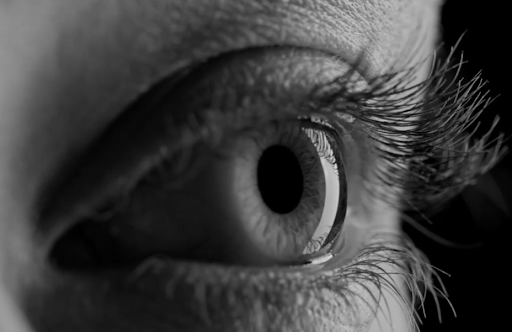
The harmful effects on the ocular surface
Prolonged administration of eye drops containing one or more preservatives leads to the alteration of the tear film, superficial structures (conjunctiva, cornea), and deeper structures (trabecular meshwork, lens).
The less severe ocular signs and symptoms manifest as discomfort or irritation with a sensation of dry eyes. In the case of more serious side effects, varying degrees of inflammation can occur, potentially leading to fibrosis, with an increased risk of failure in glaucoma surgery.
The severity of these side effects is related to the duration of treatment, dosage, and the type and concentration of preservatives used.
The best way to minimize these complications is to reduce the number of instillations of preserved eye drops and ideally to use preservative-free eye drops.
ABAK® system
The ABAK® is a high-tech, high-safety bottle that allows for the delivery of up to 450 drops through a filter membrane that prevents any contamination.
Quickly modernized to become smaller, more manageable, and more efficient, it offers a shelf life and usage duration of up to 6 months after opening.
Serving the ecology, this continuously evolving concept is also an advancement for the environment.
A 10 ml ABAK® bottle contains 300 drops for 150 instillations in both eyes, equivalent to 150 single doses.
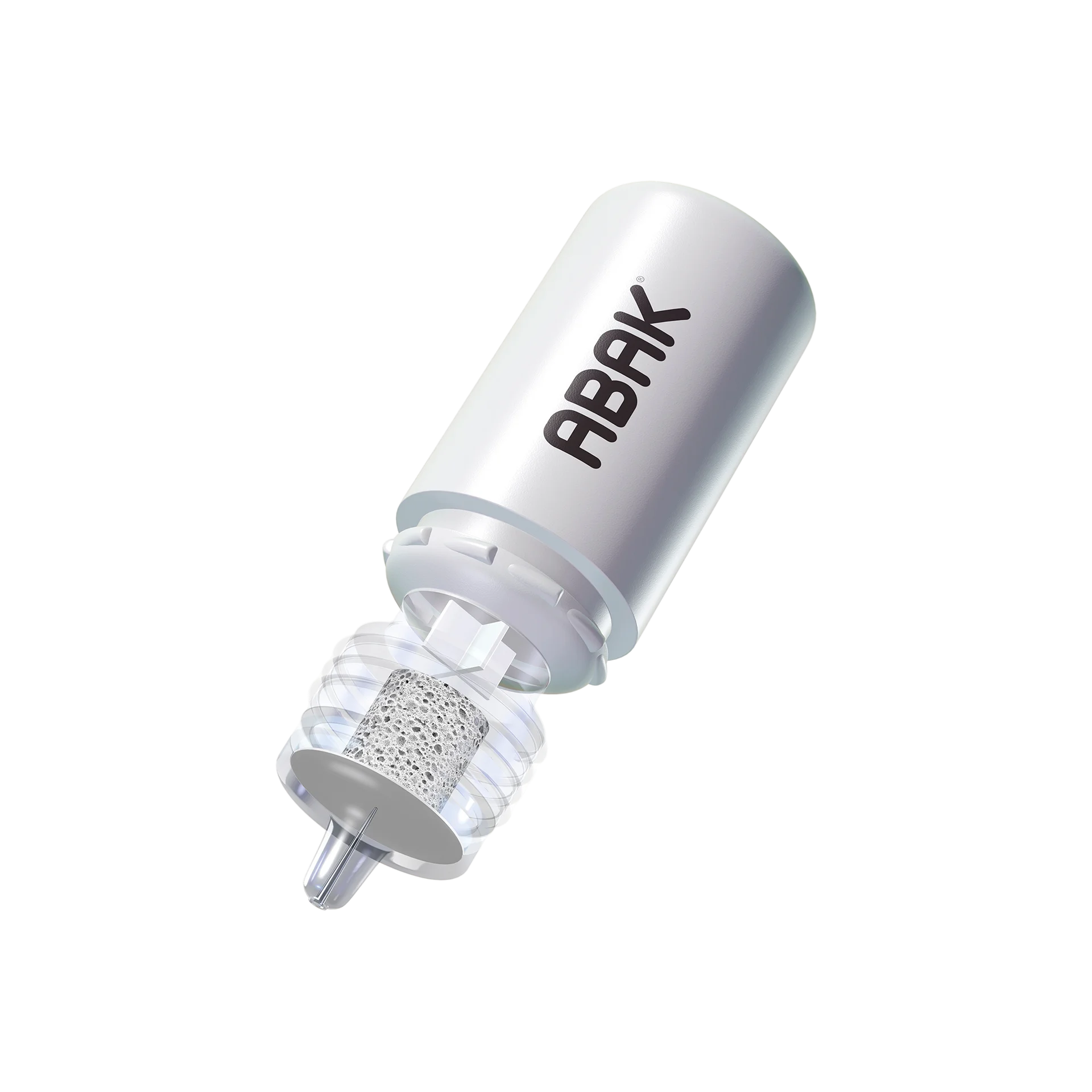
Preservative-free tube
The innovative design of the tube features an airless pump, ensuring protection of the gel against external contamination.
It allows for a preservative-free formulation composed solely of essential ingredients. The airless pump technology enables precise and consistent dosing of the gel, making application simple and easy.
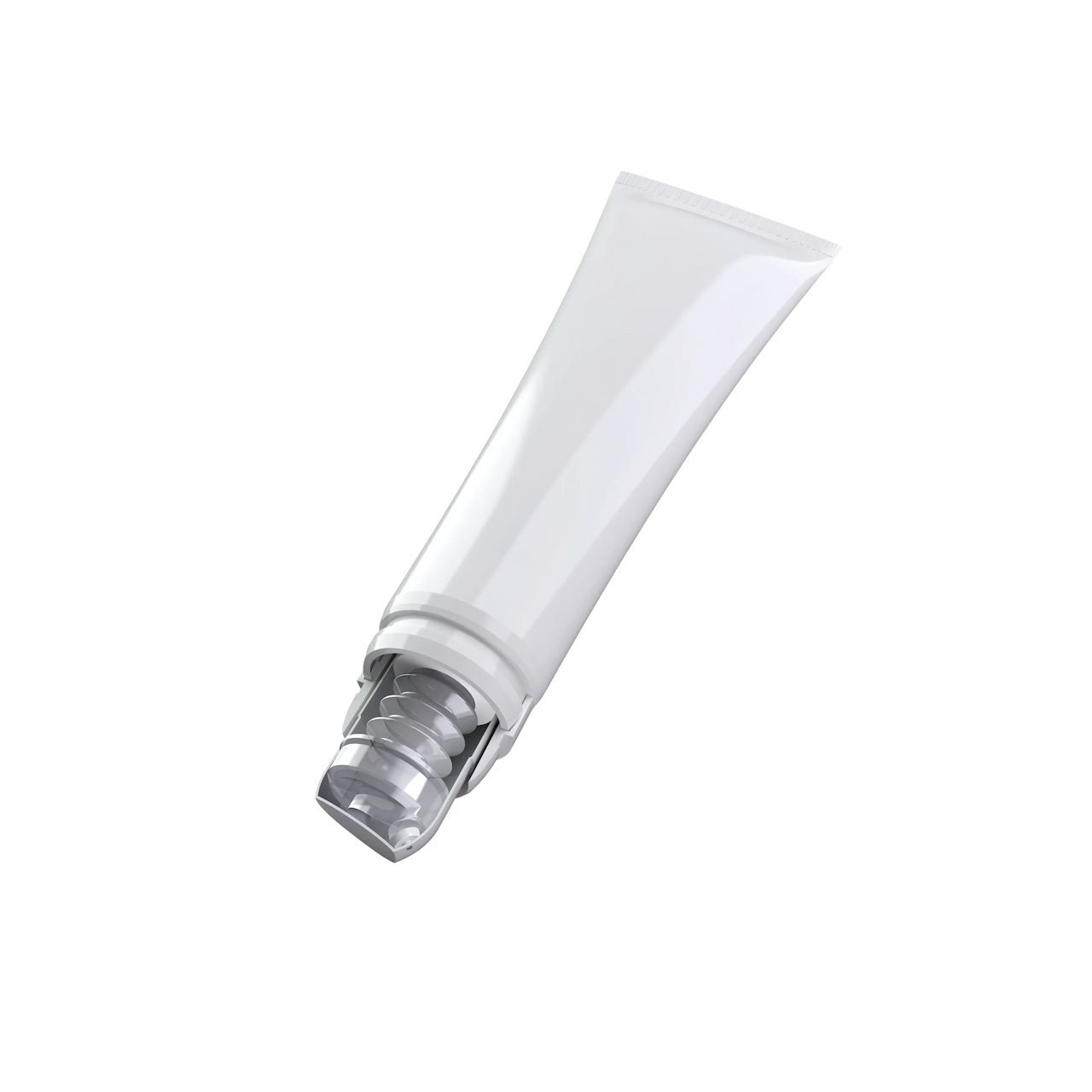
Easygrip®
Easygrip® is a technology associated with a preservative-free bottle used for certain molecules that are incompatible with the ABAK® system.
Its ergonomic design has been carefully developed to allow for easy and precise instillation by the patient.
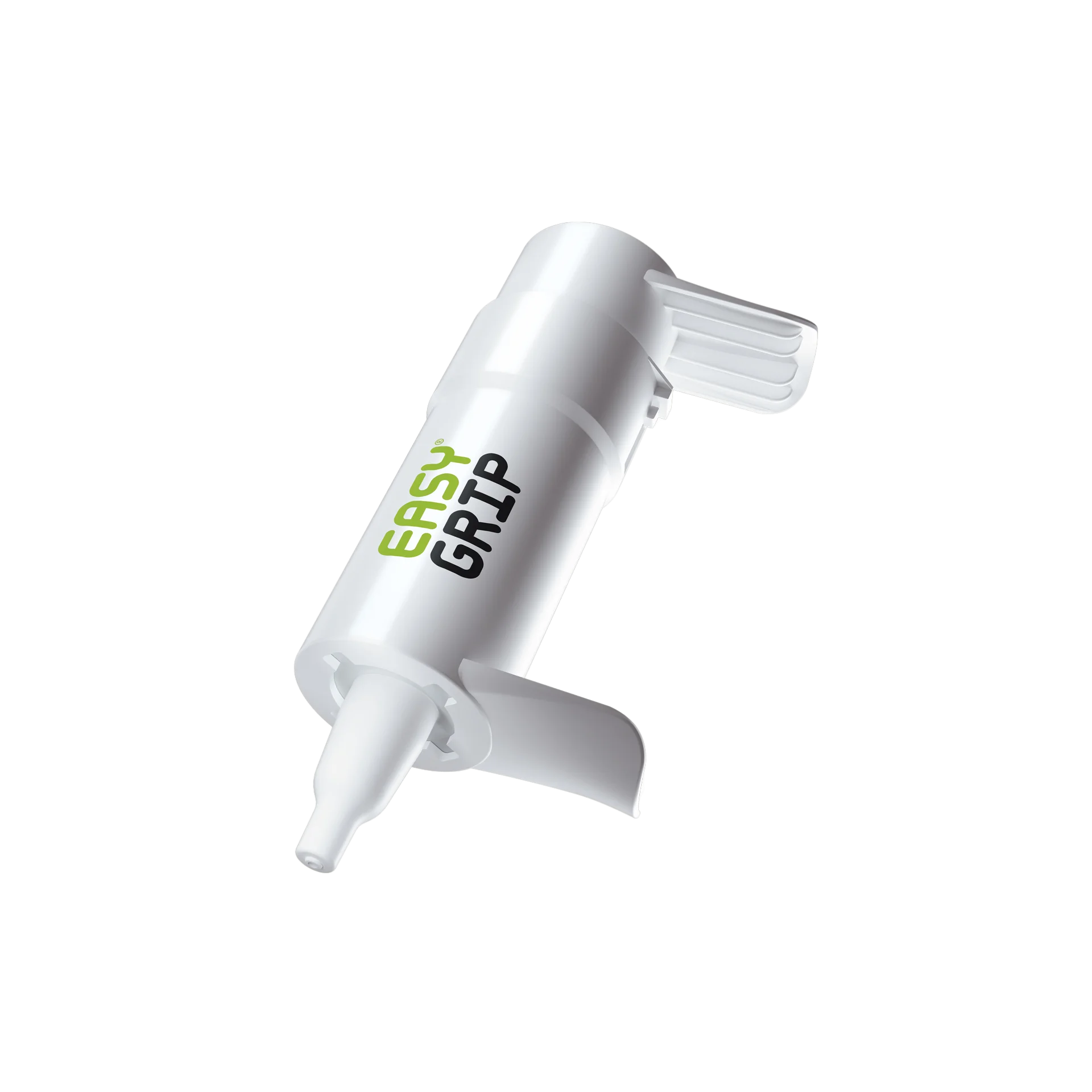
Single-dose unit
Despite their high cost and their difficult handling, single dose units remain the packaging form best suited to short-term treatments and intermittent use.
